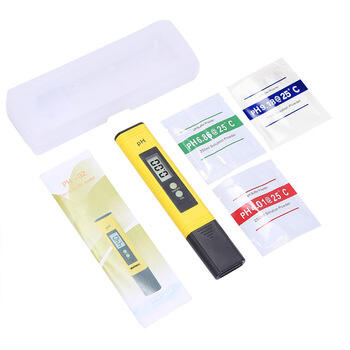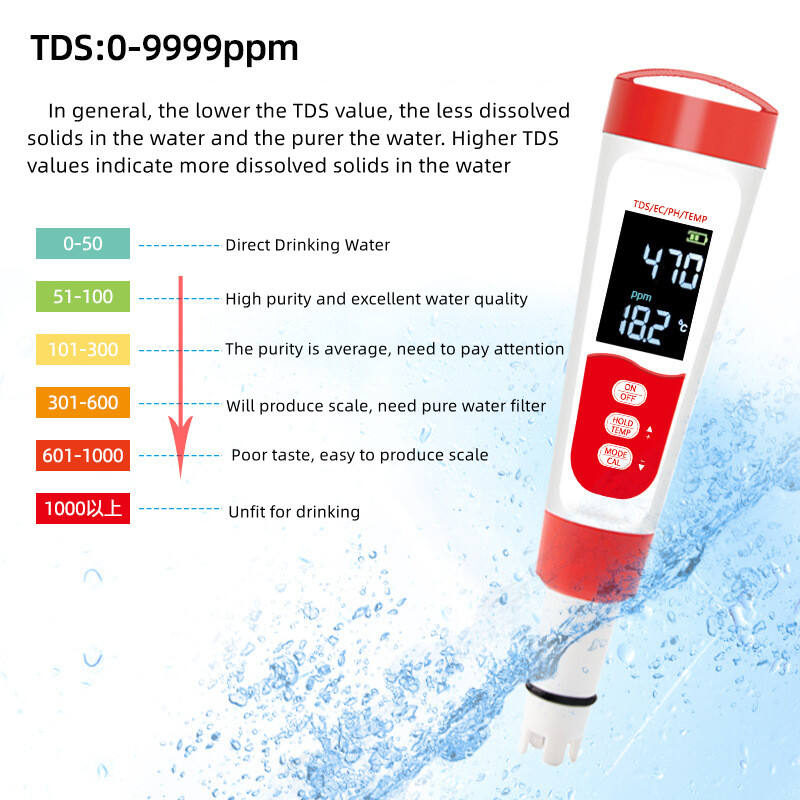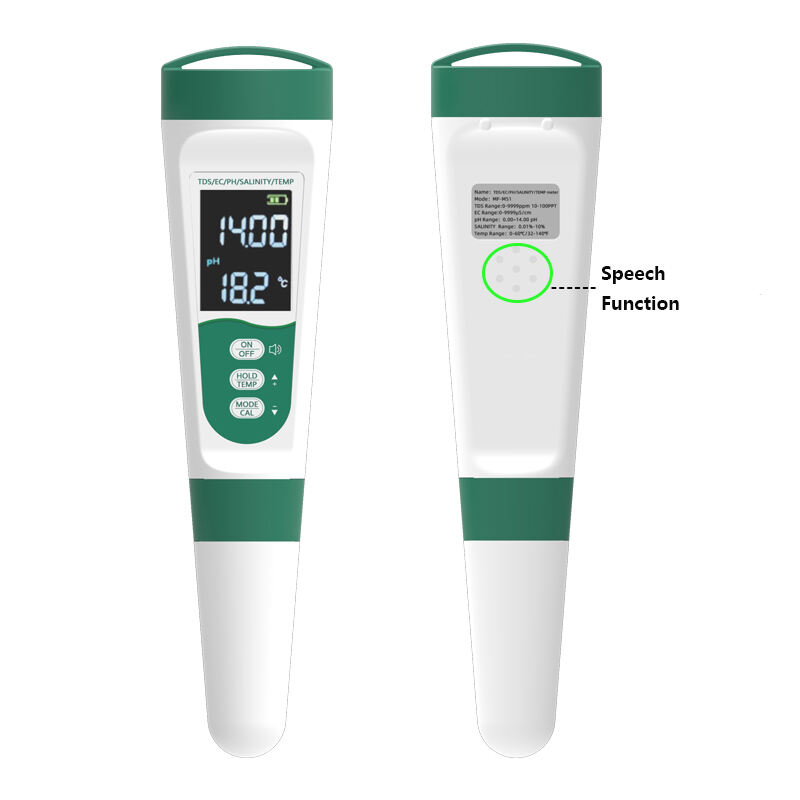ec measurement in soil
EC measurement in soil, also known as electrical conductivity measurement, is a crucial diagnostic tool in modern agriculture and soil science. This non-invasive method measures the soil's ability to conduct electrical current, providing valuable insights into various soil properties. The measurement process typically involves specialized sensors that send electrical signals through the soil and measure the ease with which these signals travel. The EC value directly correlates with several important soil characteristics, including salinity levels, nutrient content, texture, and moisture-holding capacity. Modern EC measurement technologies range from handheld probes to sophisticated mobile sensors that can map large agricultural areas. These systems often integrate with GPS technology to create detailed soil conductivity maps, enabling precision agriculture practices. The applications of EC measurement extend beyond basic soil analysis, serving as a fundamental tool in irrigation management, fertilizer application, and crop yield optimization. This technology has revolutionized soil sampling strategies by identifying management zones based on soil variability, leading to more efficient resource utilization and improved crop production outcomes.


